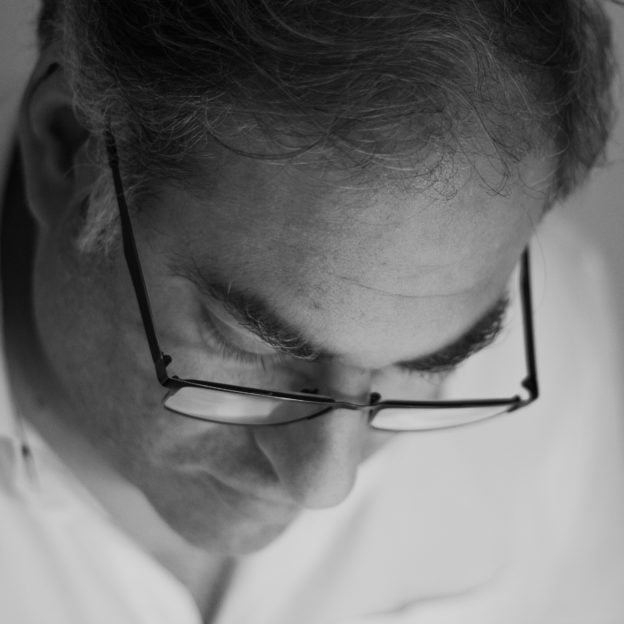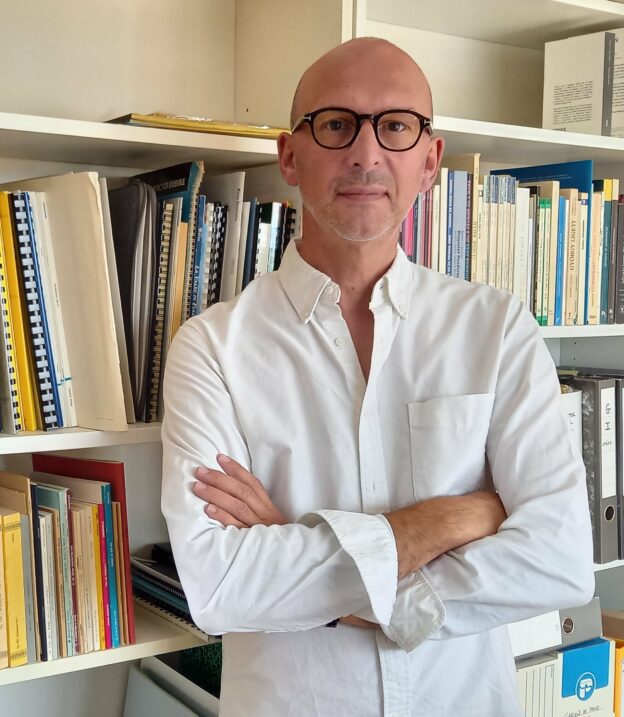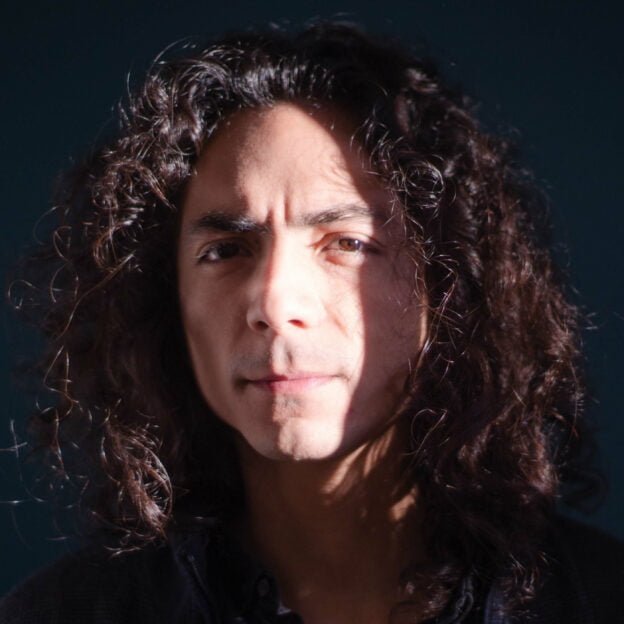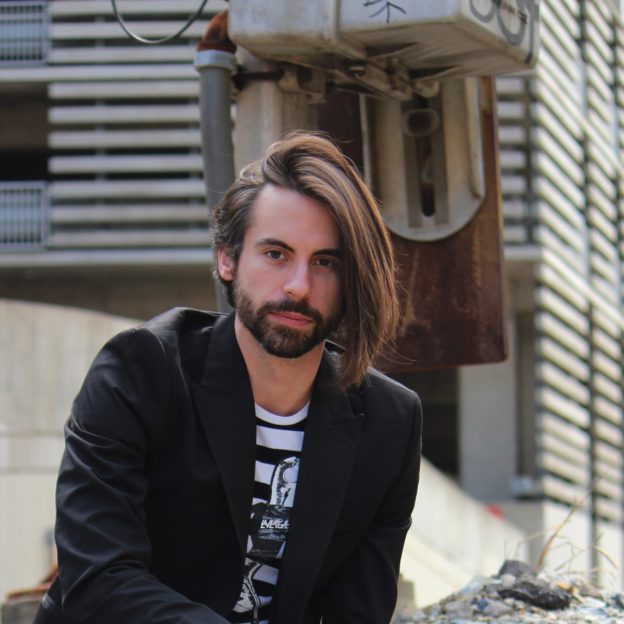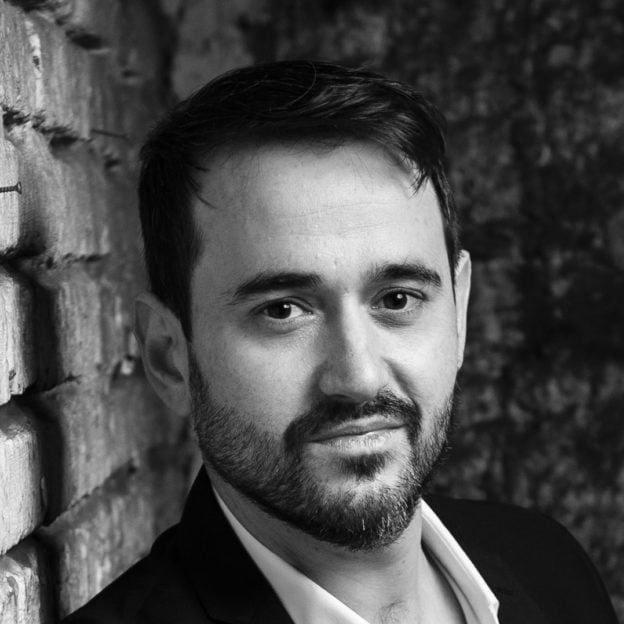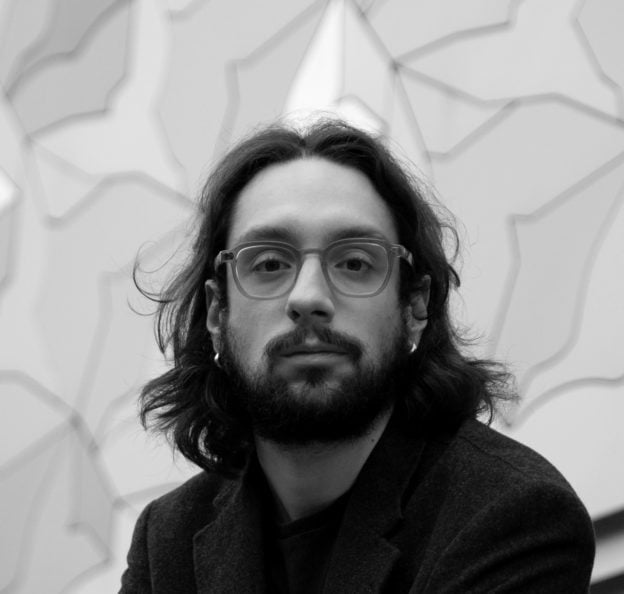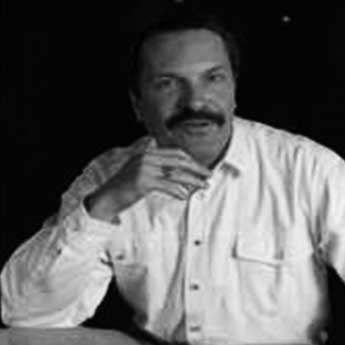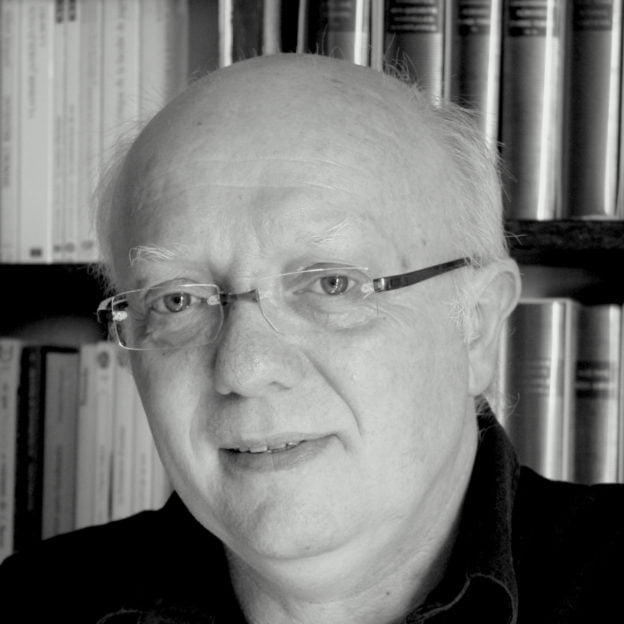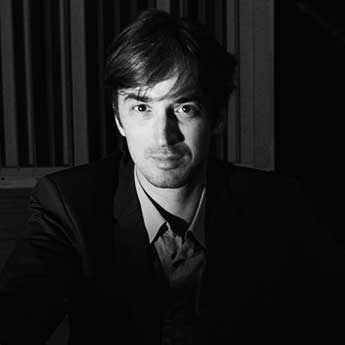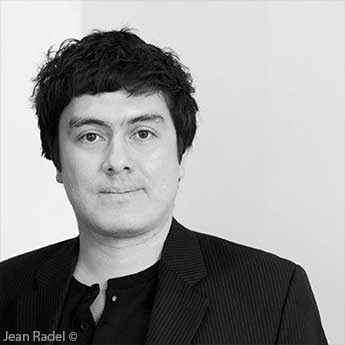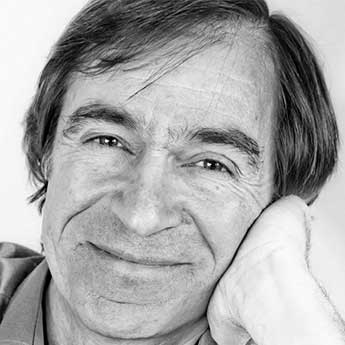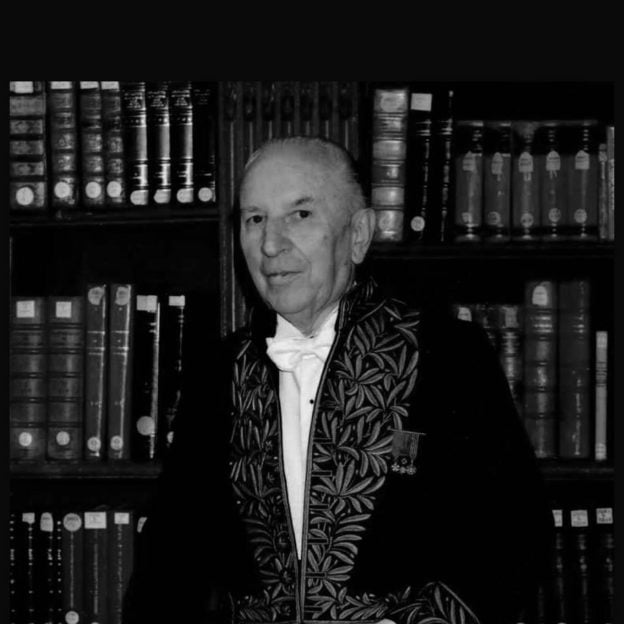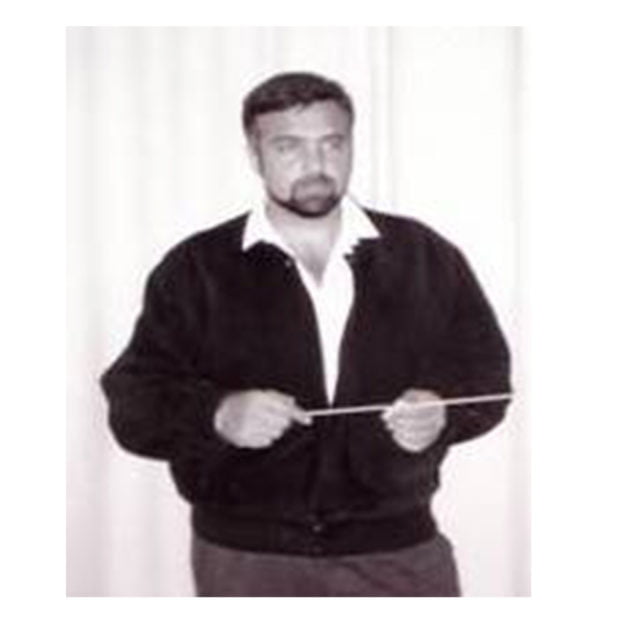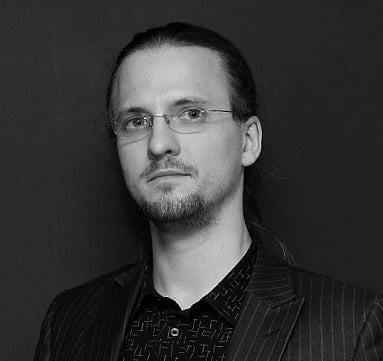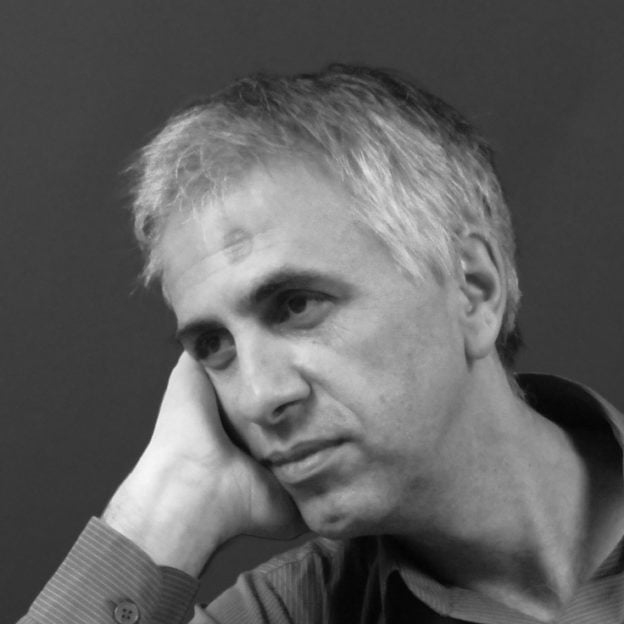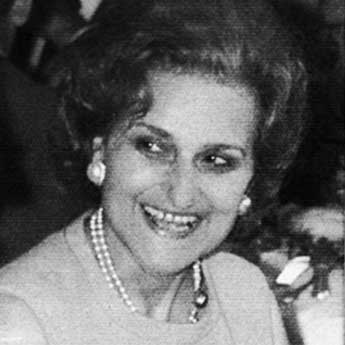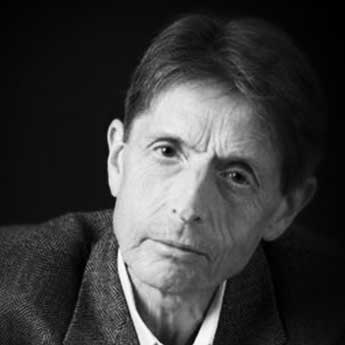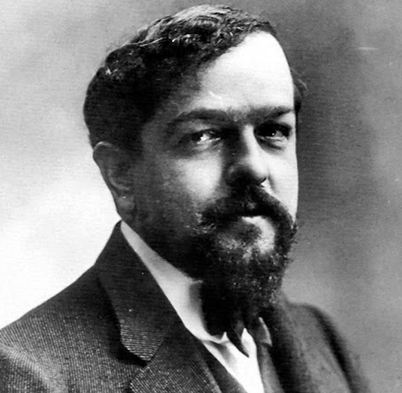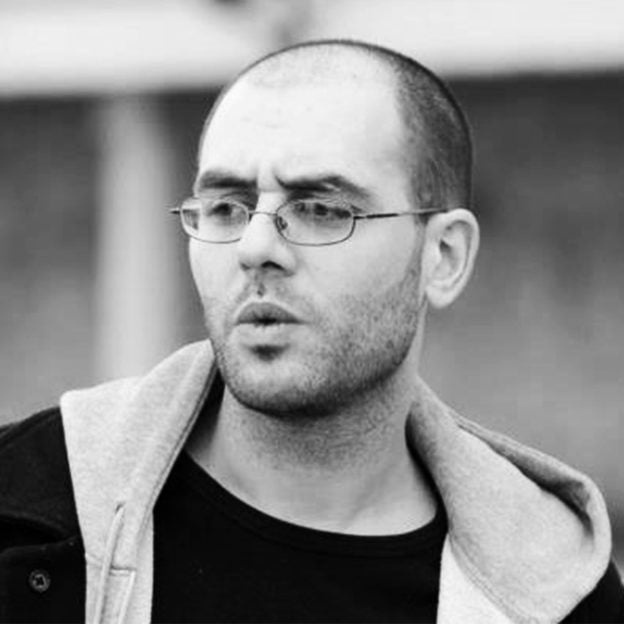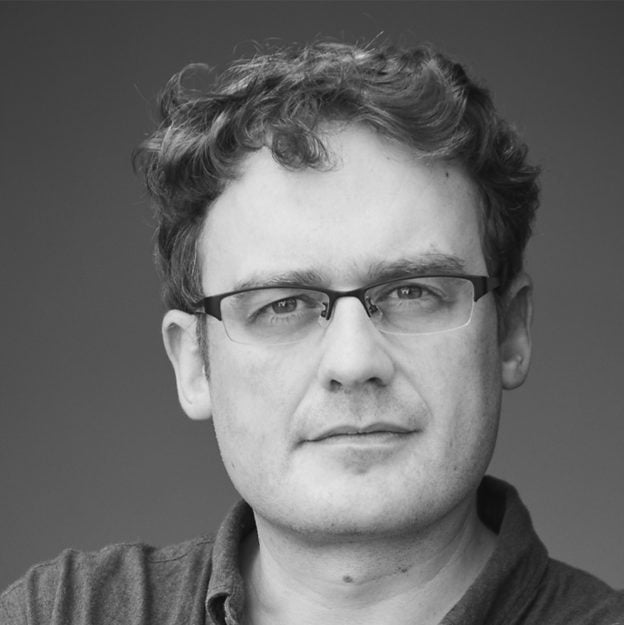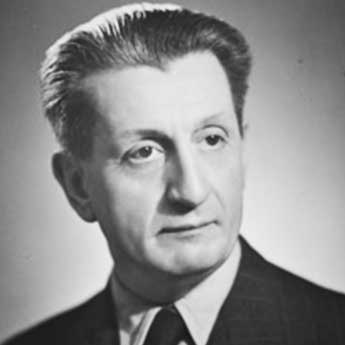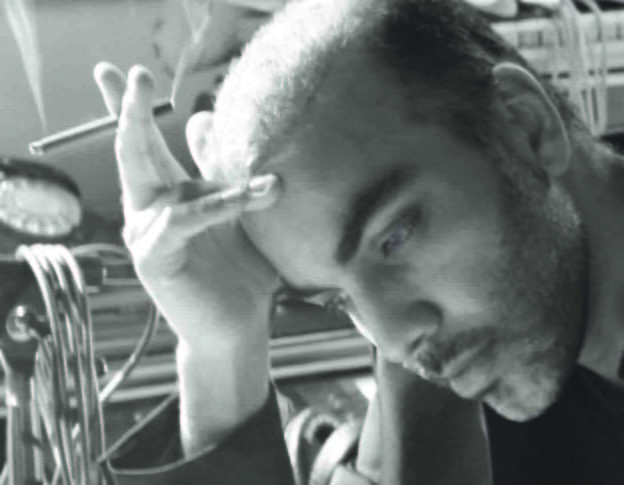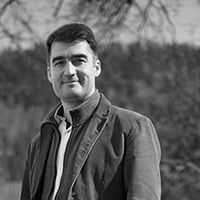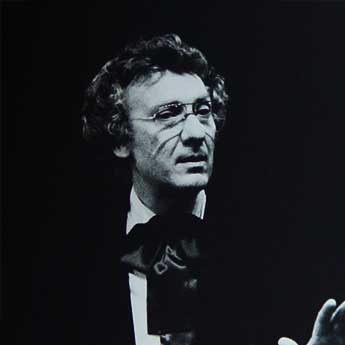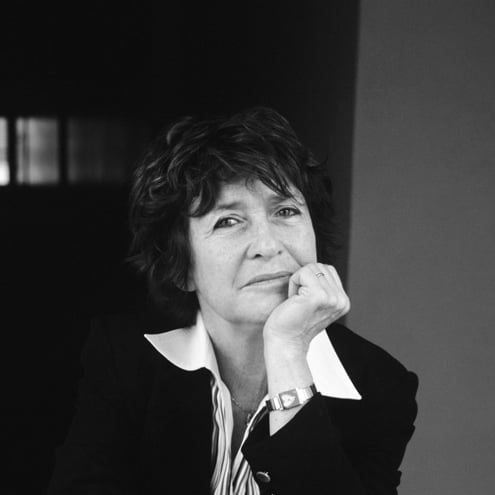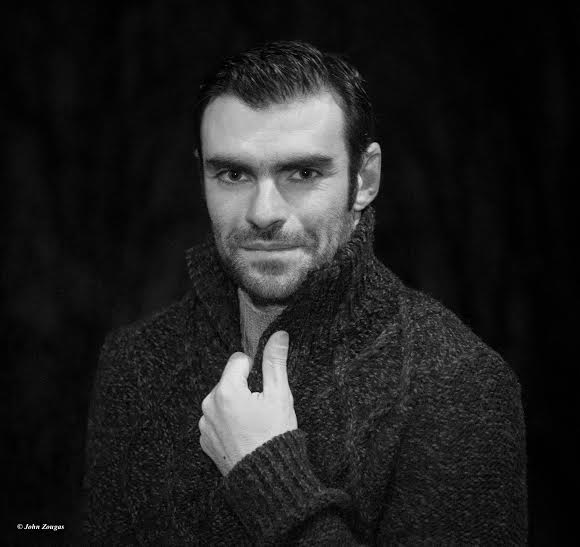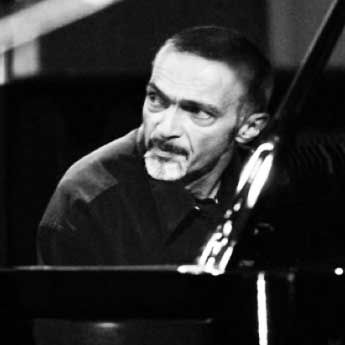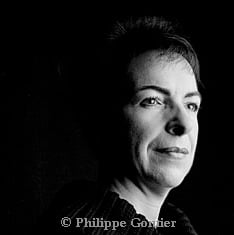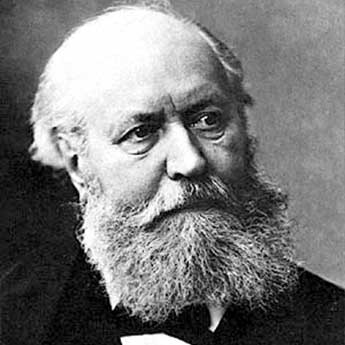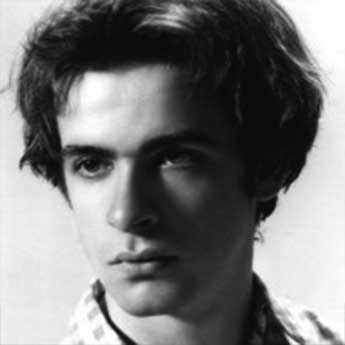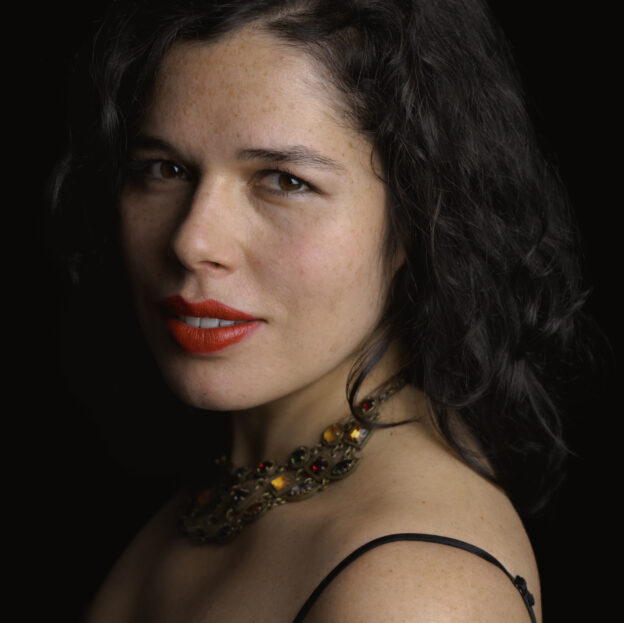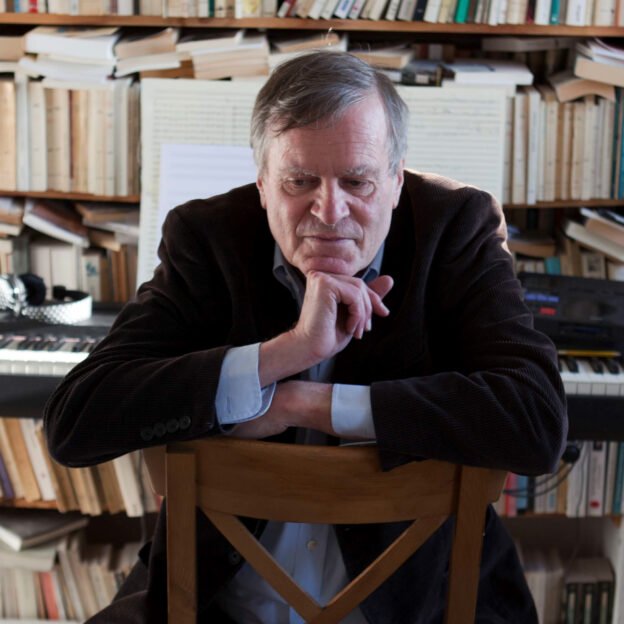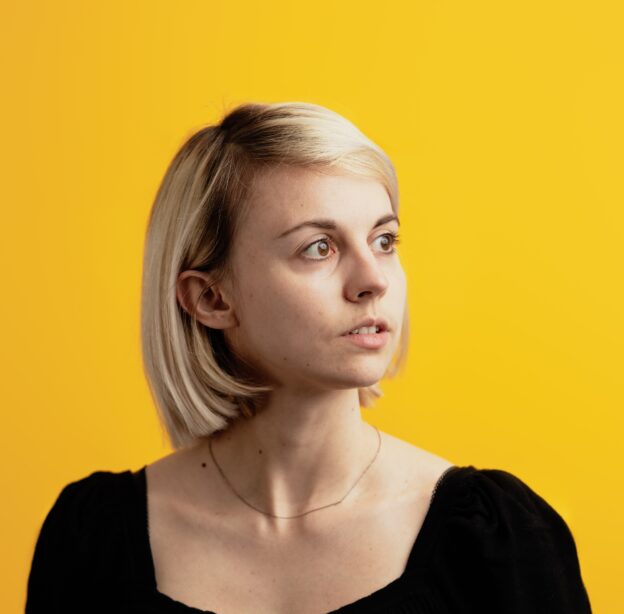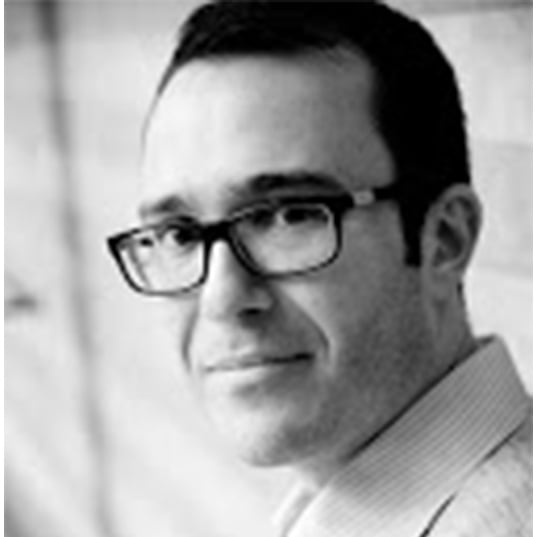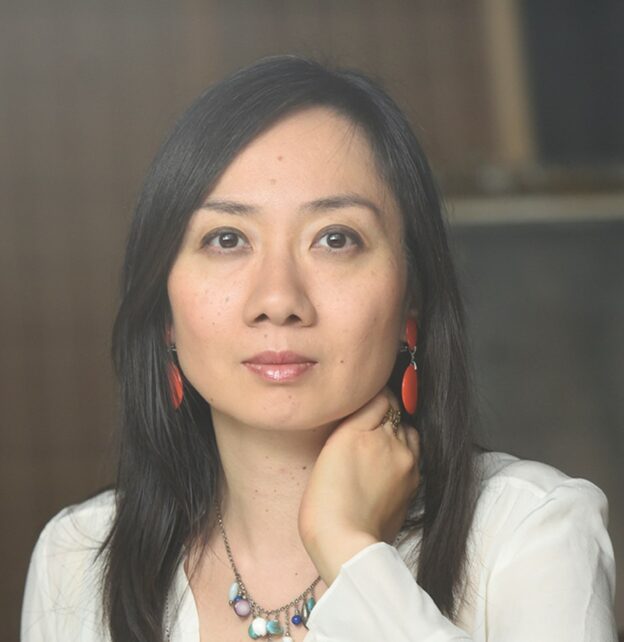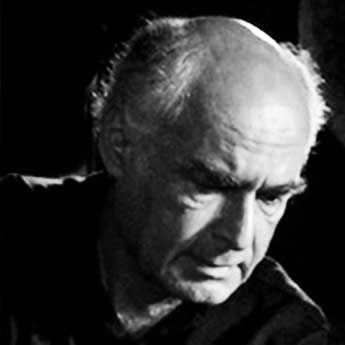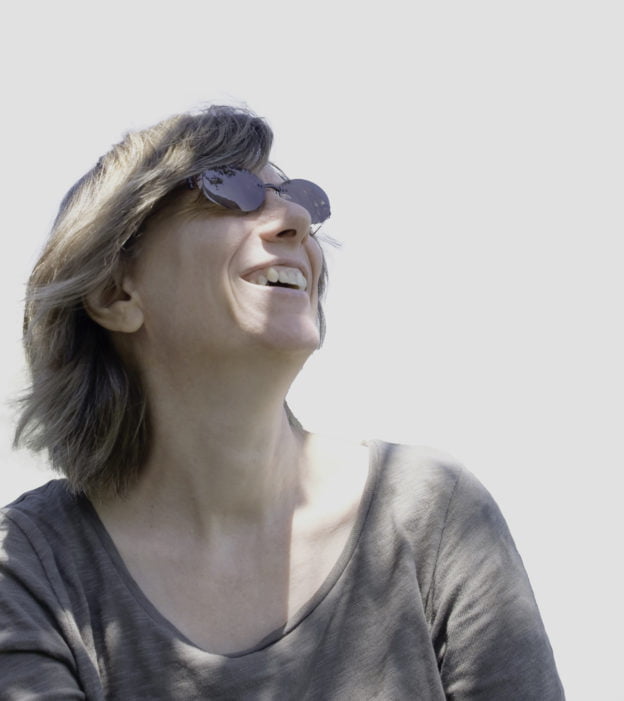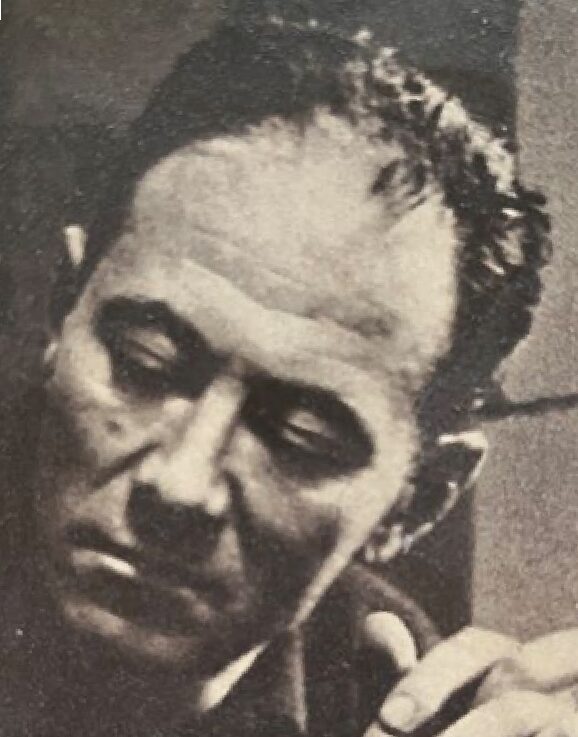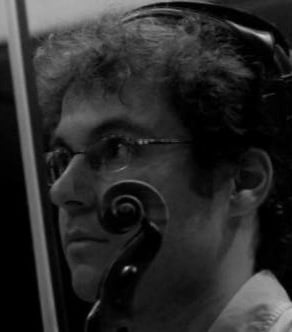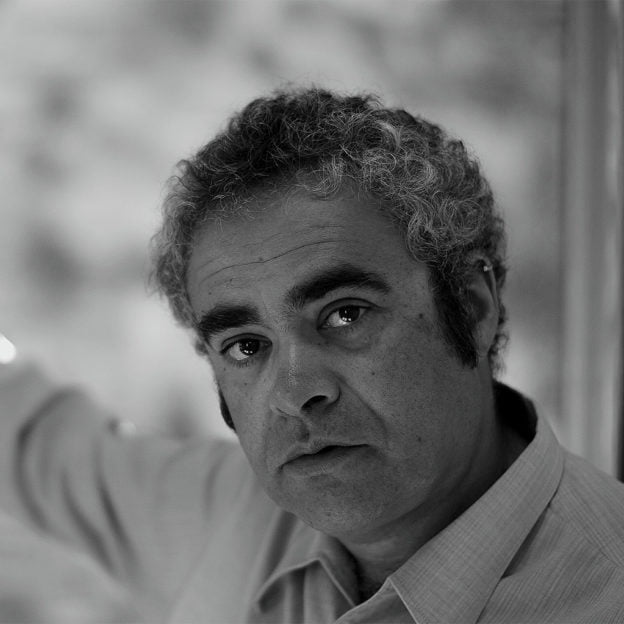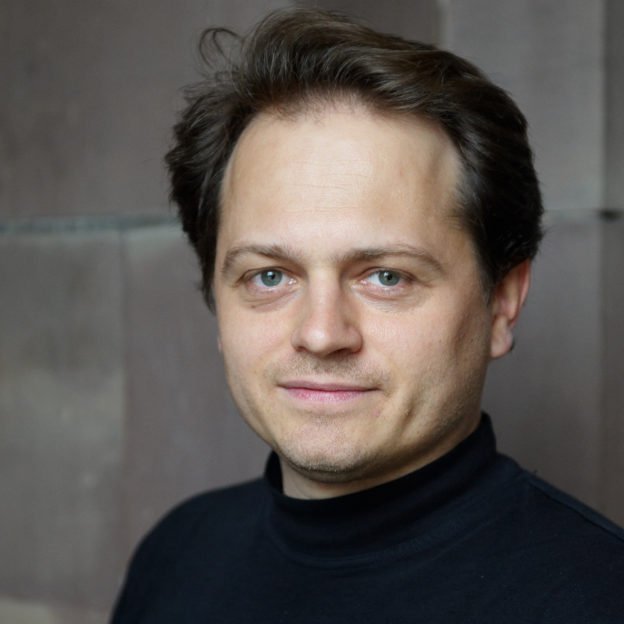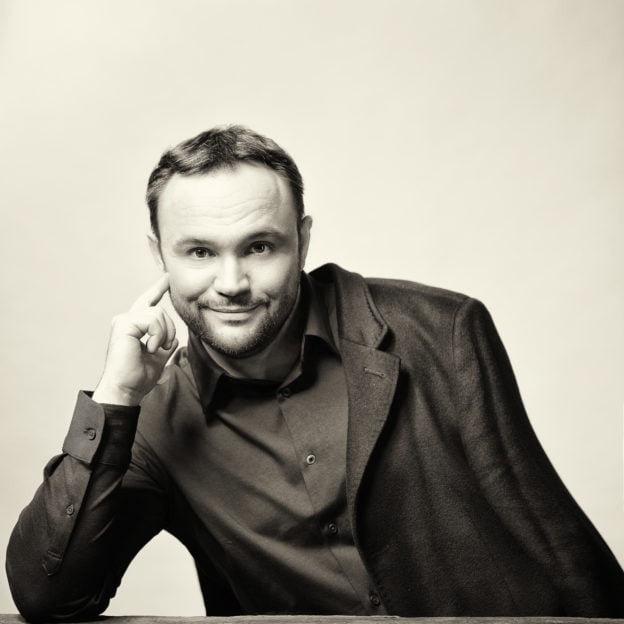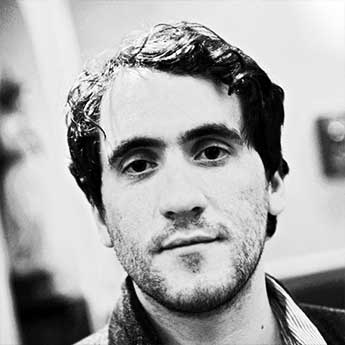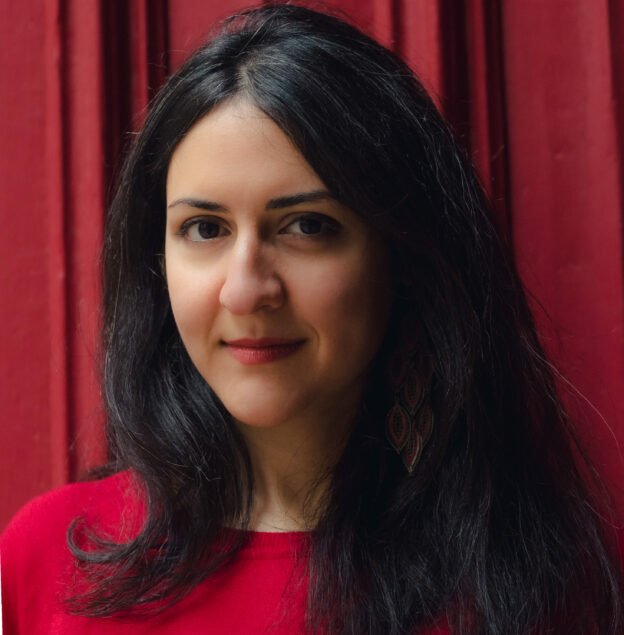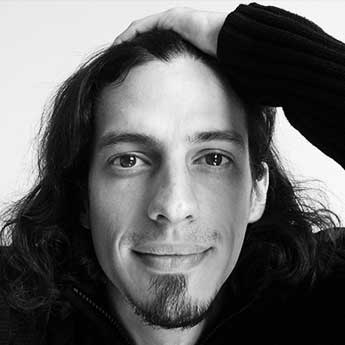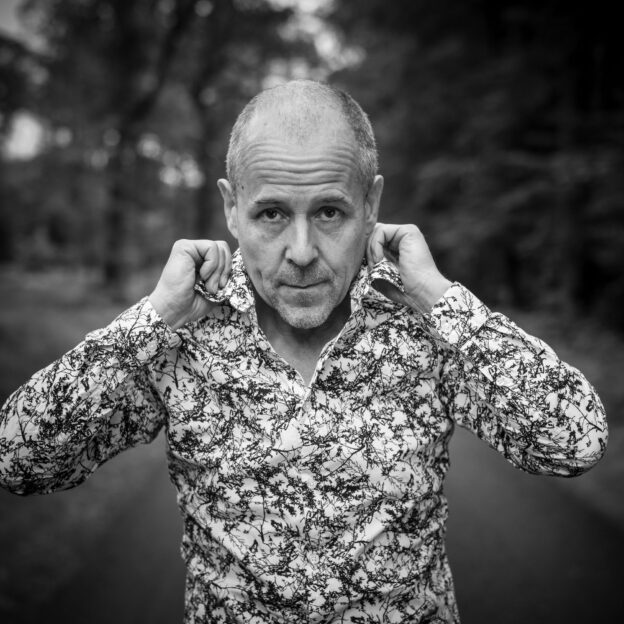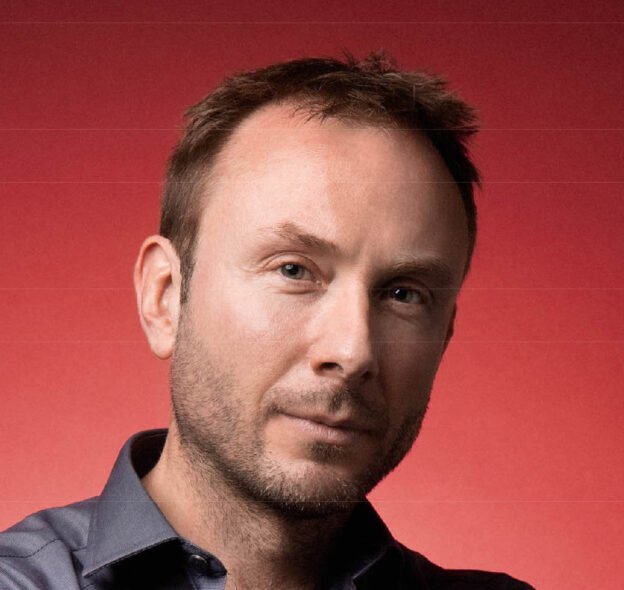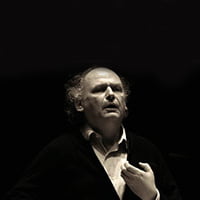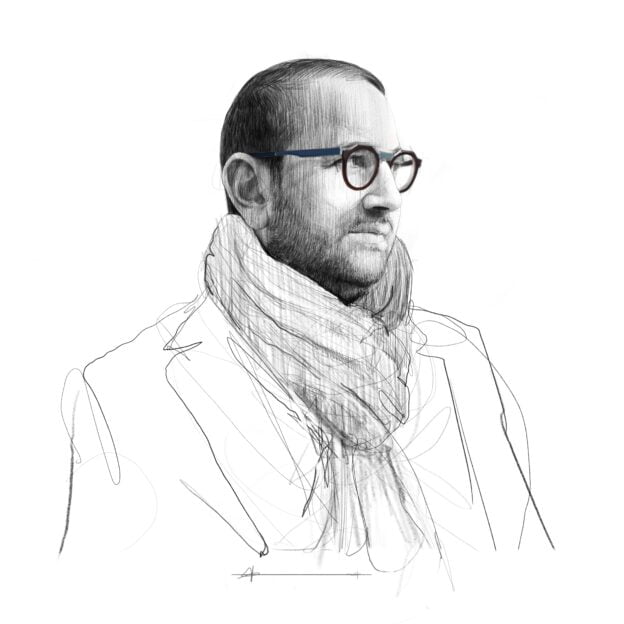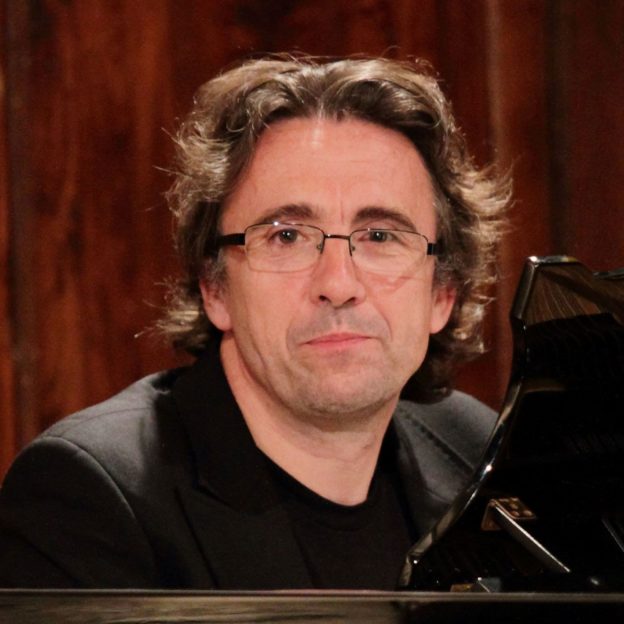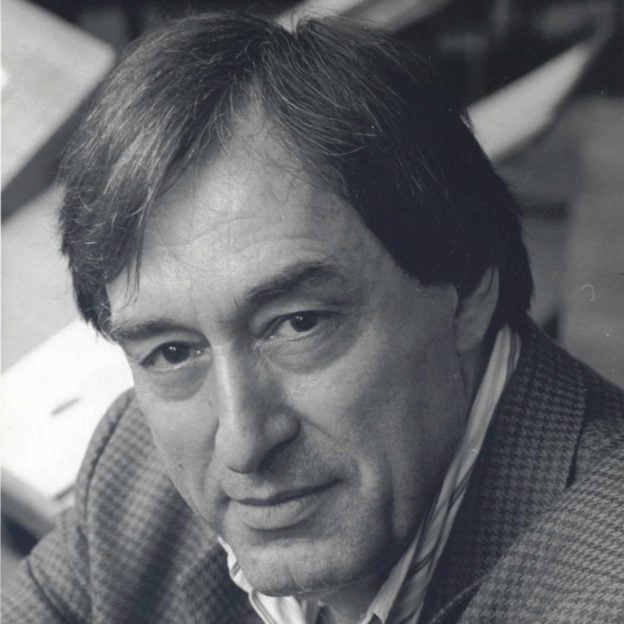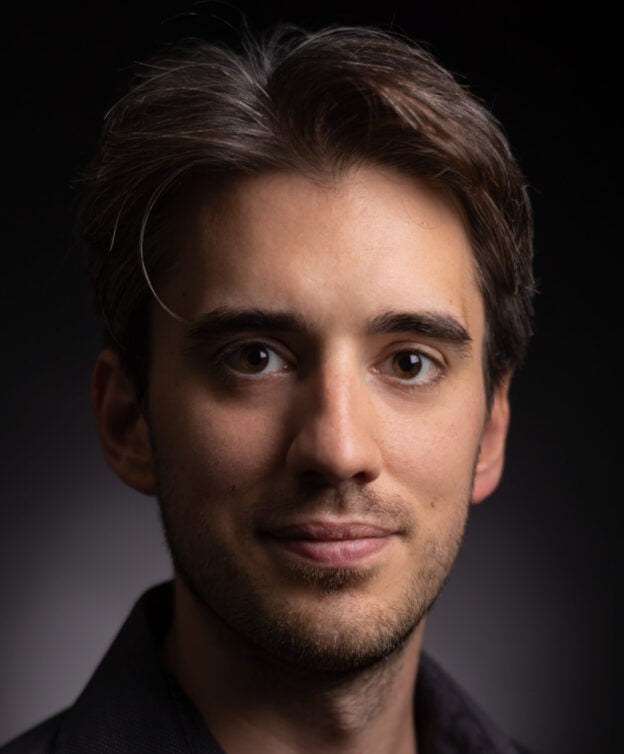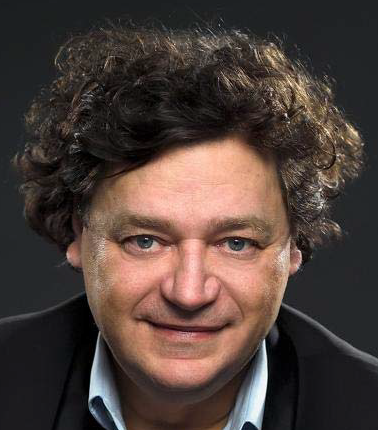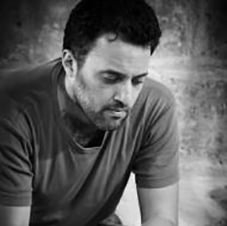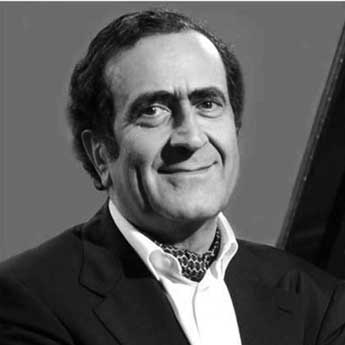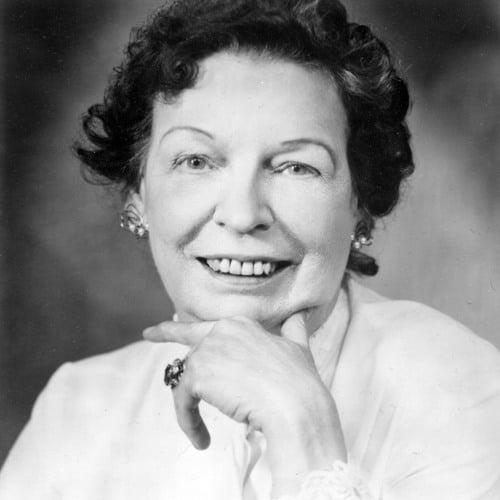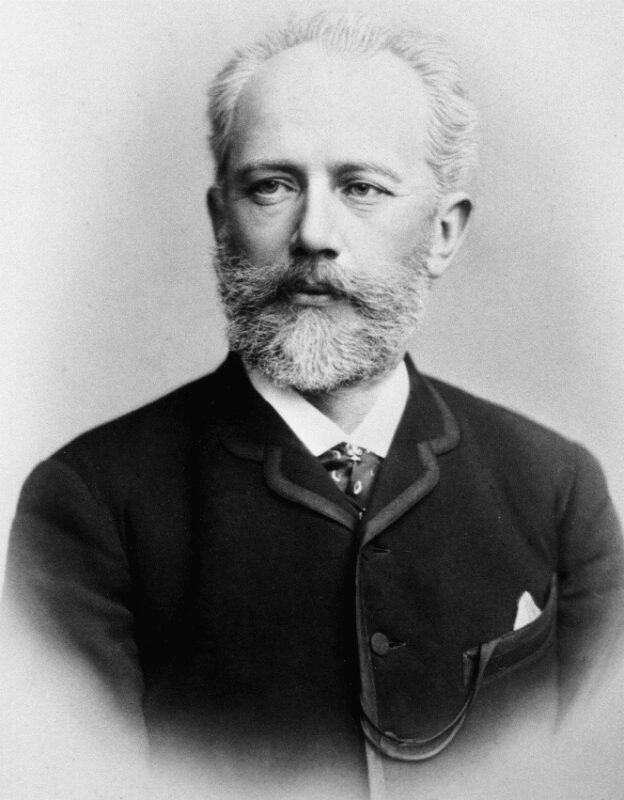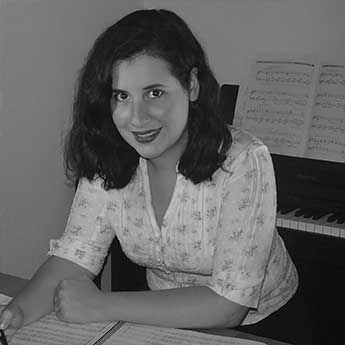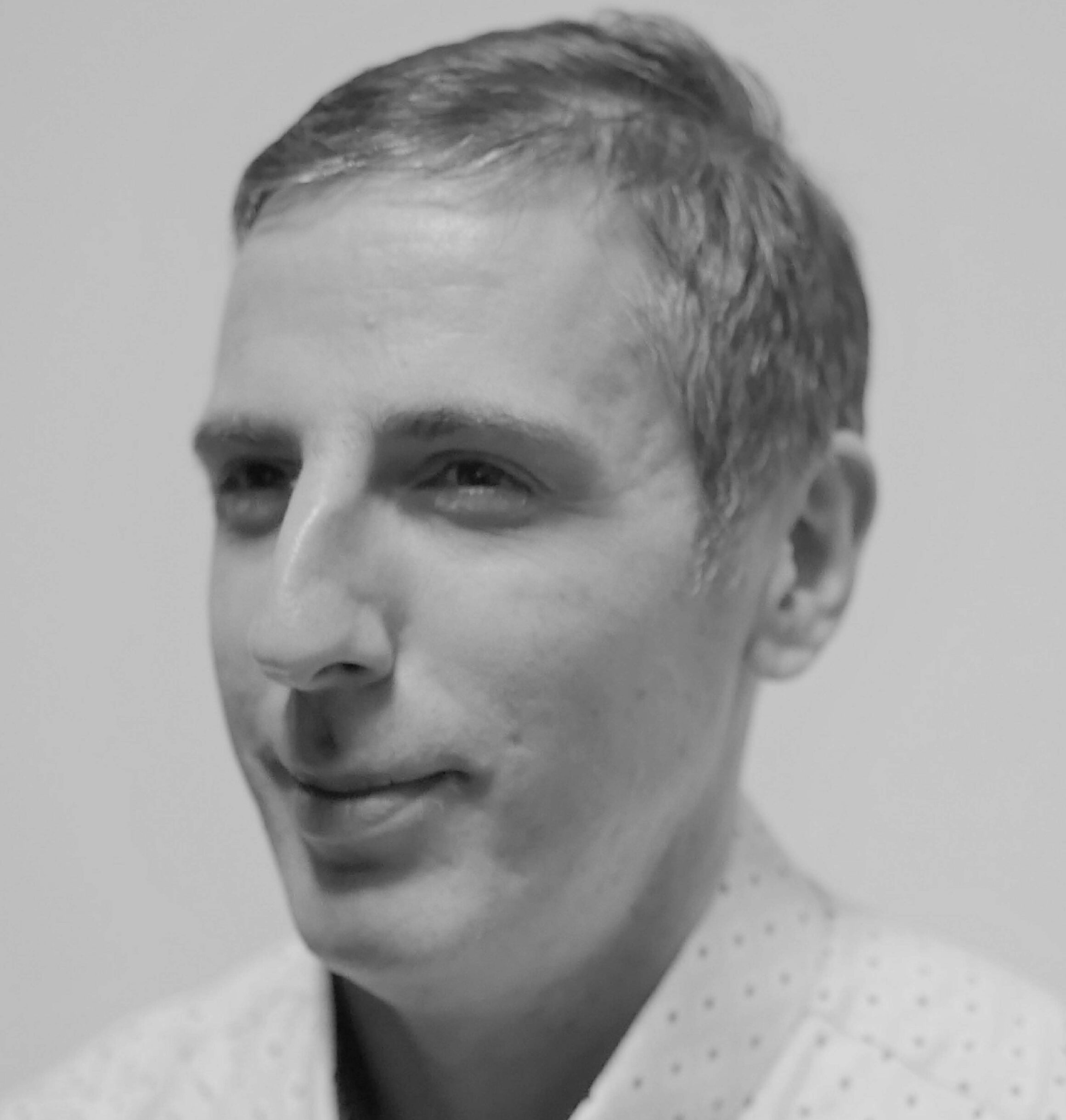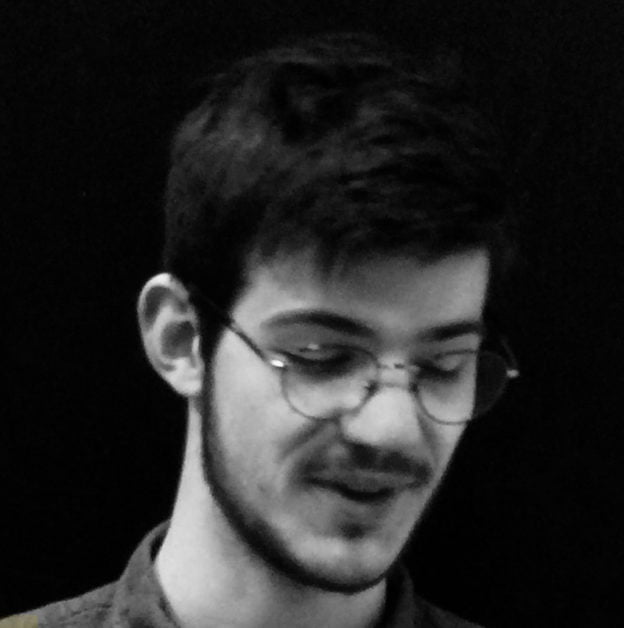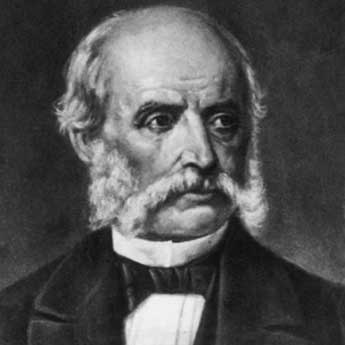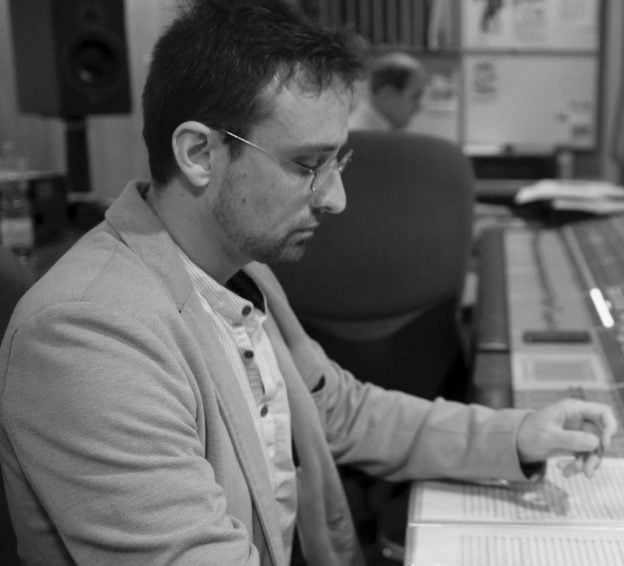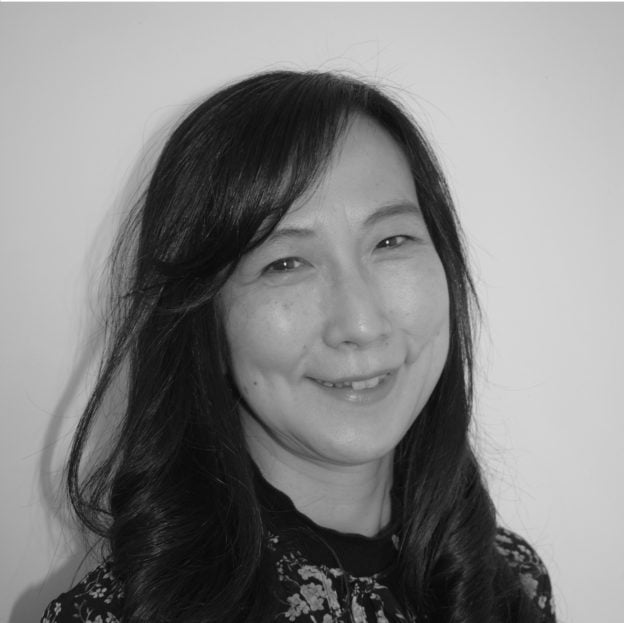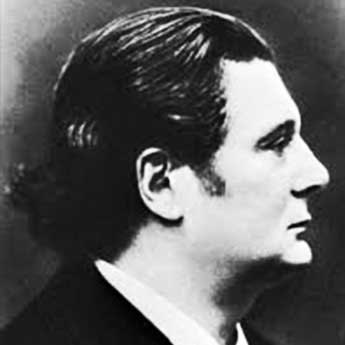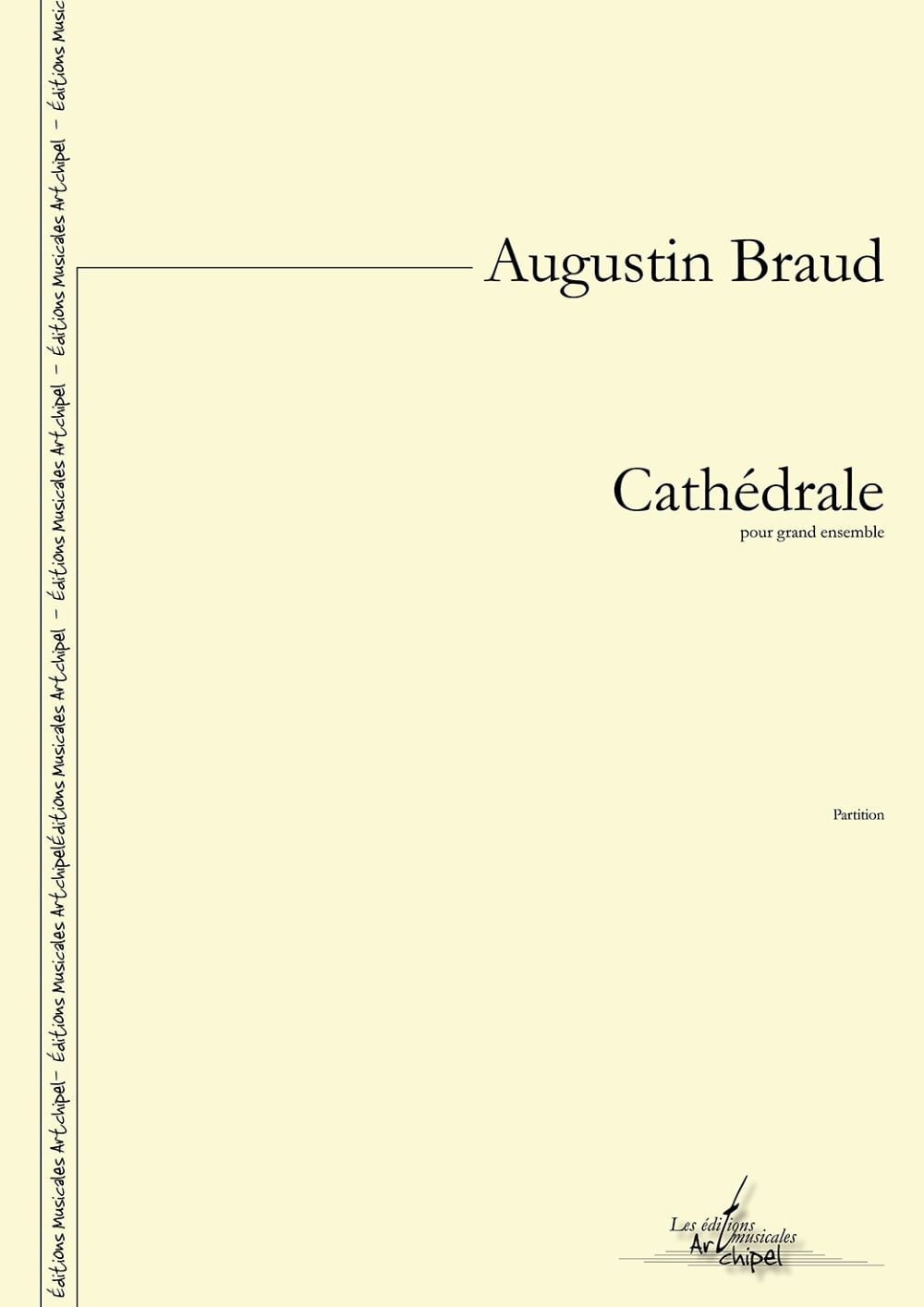Cathédrale (Copie)
For rent: Contact us
Cathédrale represents the culmination of my compositional work between 2017 and 2022 and closes a fruitful period that saw me write more than twenty pieces, from solo to
orchestra. My writing work has been oriented around the energy sculpted through time and the deconstruction of the pulse through fluid rhythmic structures, radically idiomatic results
of the musicians’ gestures. As a new period of my work opens with pieces such as Cornucopia (2022), centered around a social commentary associated with evolving strophic
structures, it seemed important to me to summon the sum of my experiences through the commission of a piece of more than 20 minutes, dedicated to a large ensemble. Here are
convened the group organization (with four isolated instruments forming a gruppetto, not soloist but remarkable by its singularity of timbres), rare instruments (basset horns, bass
trumpet) and a double pictorial reference which underlies the entire piece, many markers already present in pieces like Dans les pas de la main (2019) or Stargazer (2021).
During the visit in 2017 of the exhibition Rodin – Kiefer: the cathedrals of France at the Rodin Museum, I was struck by the masses implemented, the density of the constructions
and the anachronism existing between the work of the two artists, between three-dimensional excess and intimacy of watercolors. Beyond the exhibition, a statue of Rodin dedicated to Balzac, Monument à Balzac, a true cathedral of flesh and a work of art that was originally disowned by critics, stands in the museum garden. This Balzac seems to contain within itself the ghostly sum of all immaterial possibilities, beyond the thickness and inertia of its envelope. For Rilke, “This is how Rodin saw Balzac, in an instant of formidable
concentration and tragic exaggeration, and this is how he created him. The vision did not fade away: it was realized.” This vision reminds me of Nicolas Poussin’s intuition in Balzac’s Le chef d’oeuvre inconnu, a translation of the subject to the author that relates the appearance of an obviousness, of a carnal singularity through abstract pictorial matter, making visible only a pedestrian fragment at the center of a vital impulse, of an inordinate energy leading to the layering of painted stratas : “While approaching, they saw in a corner of the canvas the end of a naked foot which left this chaos of colors, tones, undecided nuances, kind of fog without form; but a delicious foot, a living foot! They remained petrified of admiration in front of this fragment escaped to an incredible, to a slow and progressive destruction. This foot appeared there like the torso of some Venus in marble of Paros which
would emerge among the rubble of a burnt city.” This artistic act testifies to an instinct of existence belched out in the face of a morose academism that can only self-destruct : “This
farewell froze the two painters. The next day, Porbus, worried, returned to see Frenhofer, and learned that he had died during the night, after having burned his paintings.”
The interconnection of these references thus testifies more to a poïétique of the sensible and an amalgamation of temporally stratified experiences than to a theoretical retranscription ; however, while I was writing other pieces, I had the intuition that I was already unknowingly finding fragments of Cathédrale, borrowing from Kiefer the organization in arch of the piece (tryptic of Cathédraless, 2017), as well as associating solo episodes (brass duets) to the transept of the Cologne Cathedral in which I felt strong emotions in 2018, and more recently in 2022 on the occasion of a privileged moment in my personal life. The watercolor volutes of both artists also influenced my approach to the lines, which I sought to blur as much as possible without softening or tempering the instrumental expressions. This piece gave me the opportunity to consider the teleology of the first incarnation of my own practice, choosing to consider the limits of a output that dies in order to better re-construct itself, not ex nihilo but with the humility of the ephemeral, of the experience of loss as well as rebirth.
I would like to thank Peter Tilling for giving me so much freedom and for responding so enthusiastically to all my suggestions, to Sidney Corbett for hosting the creation of this piece, and to Estelle, my light.
Augustin Braud
